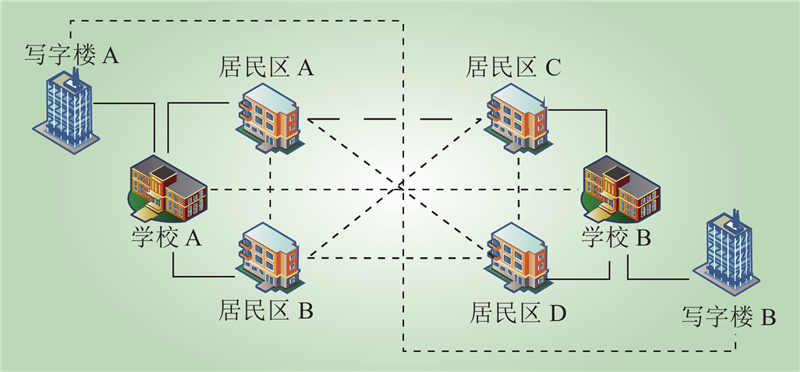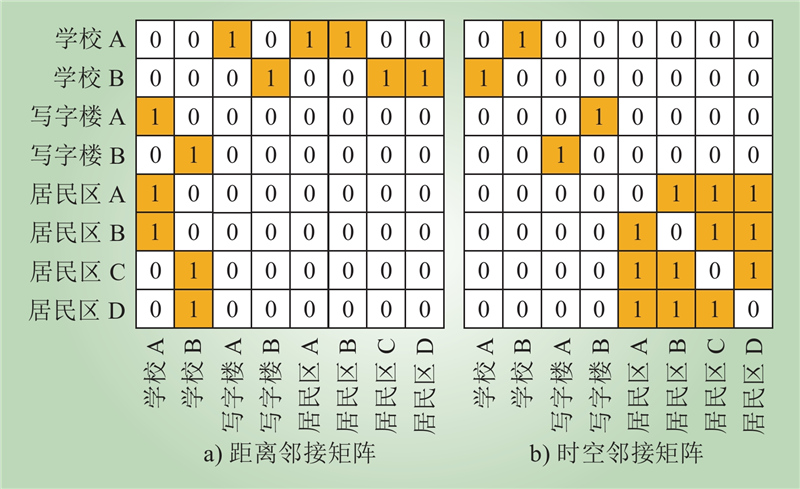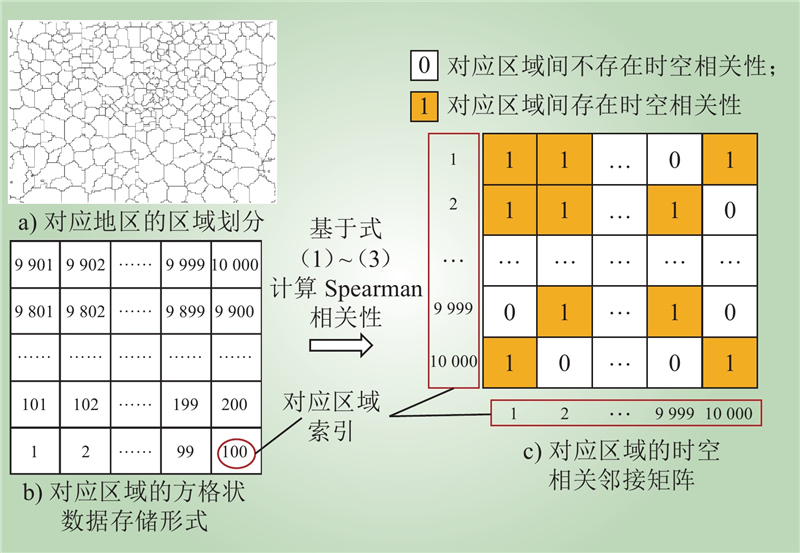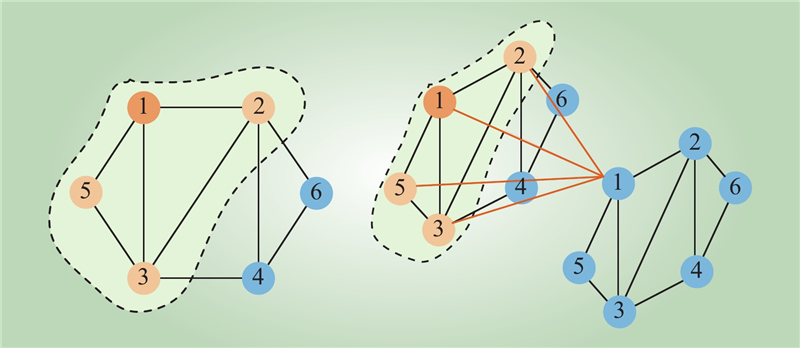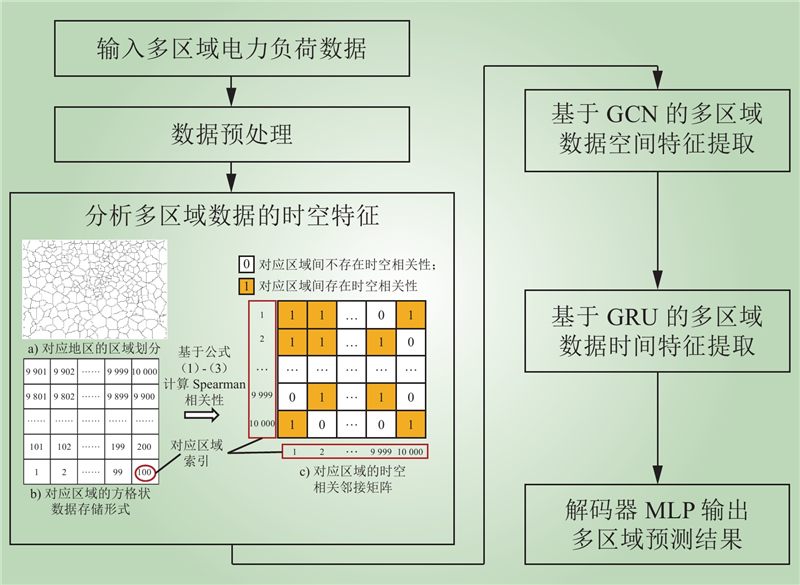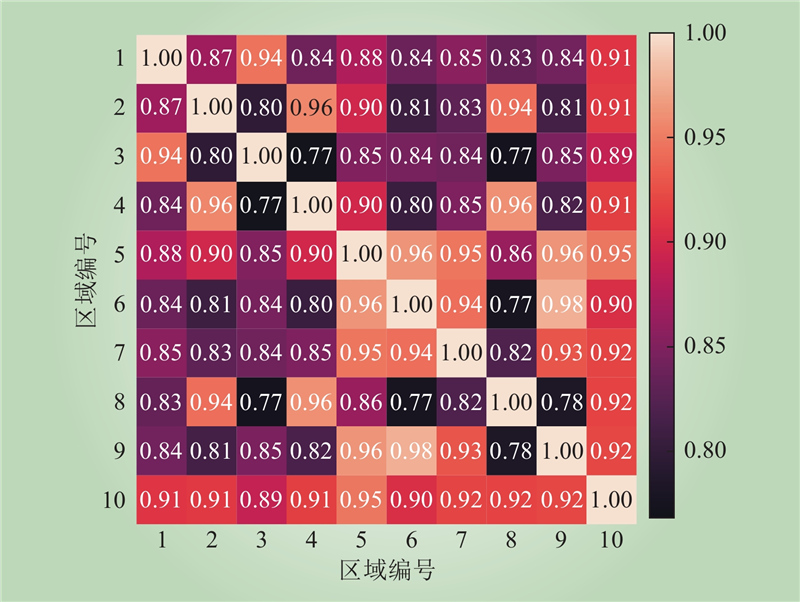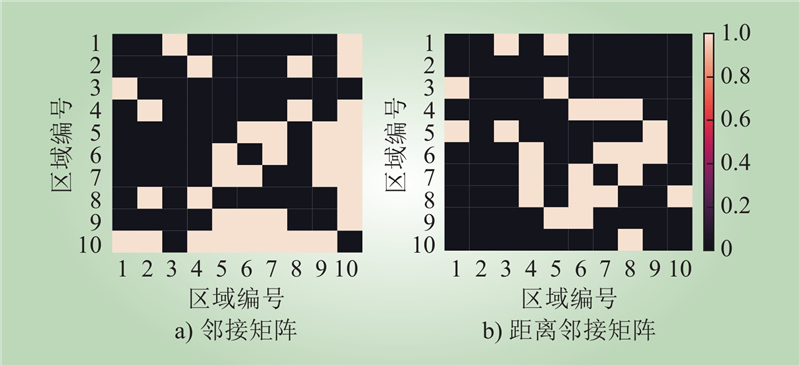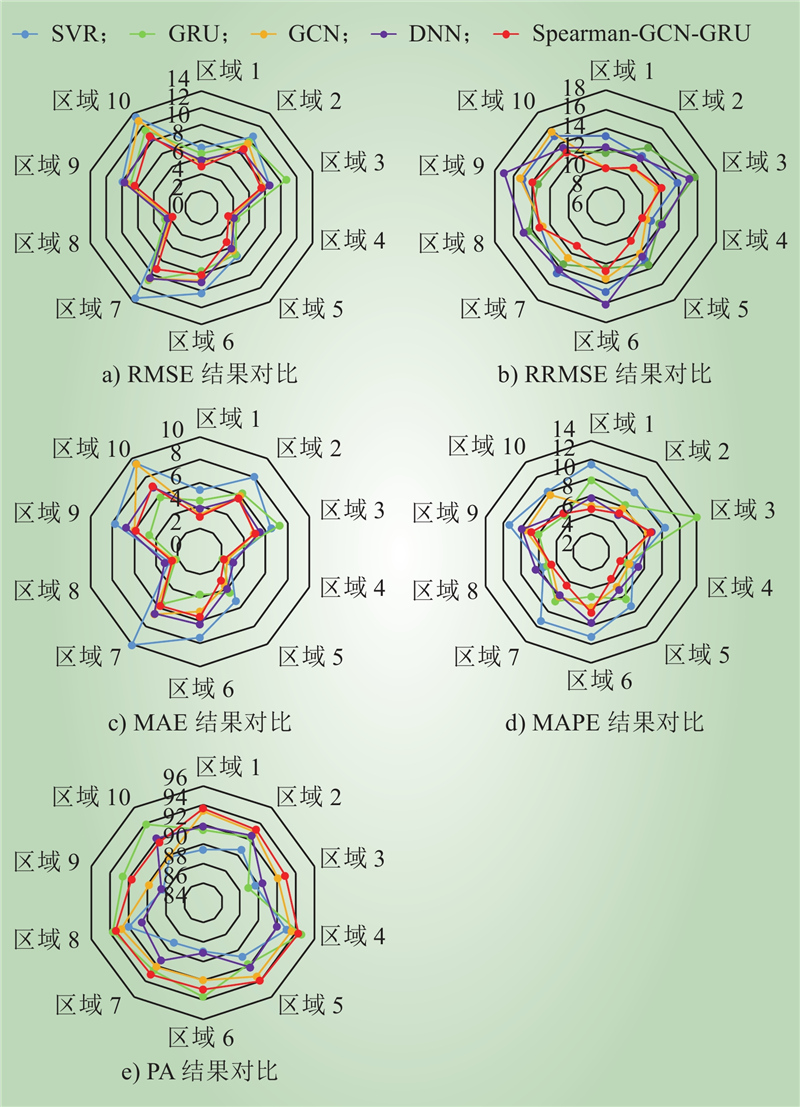| 1 |
杨秀媛, 肖洋, 陈树勇. 风电场风速和发电功率预测研究[J]. 中国电机工程学报, 2005, 25 (11): 1- 5.
|
|
YANG Xiuyuan, XIAO Yang, CHEN Shuyong. Wind speed and generated power forecasting in wind farm[J]. Proceedings of the CSEE, 2005, 25 (11): 1- 5.
|
| 2 |
杨伟, 朱巧明, 李培峰, 等. 基于时间序列的服务器负载预测[J]. 计算机工程, 2006, 32 (19): 143- 145, 148.
|
|
YANG Wei, ZHU Qiaoming, LI Peifeng, et al. Server load prediction based on time series[J]. Computer Engineering, 2006, 32 (19): 143- 145, 148.
|
| 3 |
解振学, 林帆, 王若谷, 等. 基于时序动态回归的超短期光伏发电功率预测方法[J]. 智慧电力, 2022, 50 (7): 45- 51.
|
|
XIE Zhenxue, LIN Fan, WANG Ruogu, et al. Very short-term photovoltaic power forecasting method based on time series dynamic regression[J]. Smart Power, 2022, 50 (7): 45- 51.
|
| 4 |
王勇, 黄国兴, 彭道刚. 带反馈的多元线性回归法在电力负荷预测中的应用[J]. 计算机应用与软件, 2008, 25 (1): 82- 84.
|
|
WANG Yong, HUANG Guoxing, PENG Daogang. Application of multiple linear-feedback regression analysis to electric load forecasting[J]. Computer Applications and Software, 2008, 25 (1): 82- 84.
|
| 5 |
杨海柱, 田馥铭, 张鹏, 等. 基于CEEMD-FE和AOA-LSSVM的短期电力负荷预测[J]. 电力系统保护与控制研究, 2022, 50 (13): 126- 133.
DOI
|
|
YANG Haizhu, TIAN Fuming, ZHANG Peng, et al. Short-term load forecasting based on CEEMD-FE-AOA-LSSVM[J]. Power System Protection and Control, 2022, 50 (13): 126- 133.
DOI
|
| 6 |
蓝信军, 杨期余, 江辉. 加权模糊回归方法在电力负荷预测中的应用[J]. 长沙电力学院学报(自然科学版), 2003, 18 (4): 34- 37.
|
|
LAN Xinjun, YANG Qiyu, JIANG Hui. The applications of weighted fuzzy regression method to power load forecasting[J]. Journal of Changsha University of Electric Power (Natural Science), 2003, 18 (4): 34- 37.
|
| 7 |
陈晓东, 姚晓林, 晋飞. 电力系统超短期负荷预测方法分析与研究[J]. 城市建设理论研究(电子版), 2014, (34): 602- 603.
|
| 8 |
程志友, 汪德胜. 基于机器学习与疫情关联特征的短期负荷预测[J]. 电力系统保护与控制, 2022, 50 (23): 1- 8.
DOI
|
|
CHENG Zhiyou, WANG Desheng. Short-term load forecasting based on machine learning and epidemic association features[J]. Power System Protection and Control, 2022, 50 (23): 1- 8.
DOI
|
| 9 |
KONG W C, DONG Z Y, JIA Y W, et al. Short-term residential load forecasting based on LSTM recurrent neural network[J]. IEEE Transactions on Smart Grid, 2019, 10 (1): 841- 851.
DOI
|
| 10 |
高明, 郝妍. 基于BiLSTM网络与误差修正的超短期负荷预测[J]. 综合智慧能源, 2023, 45 (1): 31- 40.
|
|
GAO Ming, HAO Yan. Ultra-short-term load forecasting based on BiLSTM network and error correction[J]. Integrated Intelligent Energy, 2023, 45 (1): 31- 40.
|
| 11 |
李闯, 孔祥玉, 朱石剑, 等. 能源互联环境下考虑需求响应的区域电网短期负荷预测[J]. 电力系统自动化, 2021, 45 (1): 71- 78.
|
|
LI Chuang, KONG Xiangyu, ZHU Shijian, et al. Short-term load forecasting of regional power grid considering demand response in energy interconnection environment[J]. Automation of Electric Power Systems, 2021, 45 (1): 71- 78.
|
| 12 |
KUMAR S, HUSSAIN L, BANARJEE S, et al. Energy load forecasting using deep learning approach-LSTM and GRU in spark cluster[C]//2018 Fifth International Conference on Emerging Applications of Information Technology (EAIT). Kolkata, India. IEEE, 2018: 1–4.
|
| 13 |
陈振宇, 刘金波, 李晨, 等. 基于LSTM与XGBoost组合模型的超短期电力负荷预测[J]. 电网技术, 2020, 44 (2): 614- 620.
|
|
CHEN Zhenyu, LIU Jinbo, LI Chen, et al. Ultra short-term power load forecasting based on combined LSTM-XGBoost model[J]. Power System Technology, 2020, 44 (2): 614- 620.
|
| 14 |
SAJJAD M, AHMAD KHAN Z, ULLAH A, et al. A novel CNN-GRU-based hybrid approach for short-term residential load forecasting[J]. IEEE Access, 2020, 8, 143759- 143768.
DOI
|
| 15 |
曾囿钧, 肖先勇, 徐方维, 等. 基于CNN-BiGRU-NN模型的短期负荷预测方法[J]. 中国电力, 2021, 54 (9): 17- 23.
|
|
ZENG Youjun, XIAO Xianyong, XU Fangwei, et al. A short-term load forecasting method based on CNN-BiGRU-NN model[J]. Electric Power, 2021, 54 (9): 17- 23.
|
| 16 |
杨胡萍, 余阳, 汪超, 等. 基于VMD-CNN-BIGRU的电力系统短期负荷预测[J]. 中国电力, 2022, 55 (10): 71- 76.
|
|
YANG Huping, YU Yang, WANG Chao, et al. Short-term load forecasting of power system based on VMD-CNN-BIGRU[J]. Electric Power, 2022, 55 (10): 71- 76.
|
| 17 |
刘亚珲, 赵倩. 基于聚类经验模态分解的CNN-LSTM超短期电力负荷预测[J]. 电网技术, 2021, 45 (11): 4444- 4451.
|
|
LIU Yahui, ZHAO Qian. Ultra-short-term power load forecasting based on cluster empirical mode decomposition of CNN-LSTM[J]. Power System Technology, 2021, 45 (11): 4444- 4451.
|
| 18 |
张鹏飞, 胡博, 何金松, 等. 基于时空图卷积网络的短期空间负荷预测方法[J]. 电力系统自动化, 2023, 47 (13): 78- 85.
|
|
ZHANG Pengfei, HU Bo, HE Jinsong, et al. Short-term spatial load forecasting method based on spatio-temporal graph convolutional network[J]. Automation of Electric Power Systems, 2023, 47 (13): 78- 85.
|
| 19 |
董雷, 陈振平, 韩富佳, 等. 基于图卷积神经网络与K-means聚类的居民用户集群短期负荷预测[J]. 电网技术, 2023, 47 (10): 4291- 4301.
|
|
DONG Lei, CHEN Zhenping, HAN Fujia, et al. Short-term load forecasting of residential user groups based on graph convolutional neural network and K-means clustering[J]. Power System Technology, 2023, 47 (10): 4291- 4301.
|
| 20 |
SPEARMAN C. The proof and measurement of association between two things[J]. International Journal of Epidemiology, 2010, 39 (5): 1137- 1150.
DOI
|
| 21 |
BARLACCHI G, DE NADAI M, LARCHER R, et al. A multi-source dataset of urban life in the city of Milan and the Province of Trentino[J]. Scientific Data, 2015, 2, 150055.
DOI
|
| 22 |
KIPF T N, WELLING M. Semi-supervised classification with graph convolutional networks[J]. CoRR, 2016. DOI:10.48550/arXiv.1609.02907.
|
| 23 |
CHUNG J, GULCEHRE C, CHO K, et al. Empirical evaluation of gated recurrent neural networks on sequence modeling[J]. ArXiv e-Prints, 2014: arXiv: 1412.3555.
|
| 24 |
任建吉, 位慧慧, 邹卓霖, 等. 基于CNN-BiLSTM-Attention的超短期电力负荷预测[J]. 电力系统保护与控制, 2022, 50 (8): 108- 116.
|
|
REN Jianji, WEI Huihui, ZOU Zhuolin, et al. Ultra-short-term power load forecasting based on CNN-BiLSTM-Attention[J]. Power System Protection and Control, 2022, 50 (8): 108- 116.
|
| 25 |
陆继翔, 张琪培, 杨志宏, 等. 基于CNN-LSTM混合神经网络模型的短期负荷预测方法[J]. 电力系统自动化, 2019, 43 (8): 131- 137.
|
|
LU Jixiang, ZHANG Qipei, YANG Zhihong, et al. Short-term load forecasting method based on CNN-LSTM hybrid neural network model[J]. Automation of Electric Power Systems, 2019, 43 (8): 131- 137.
|


